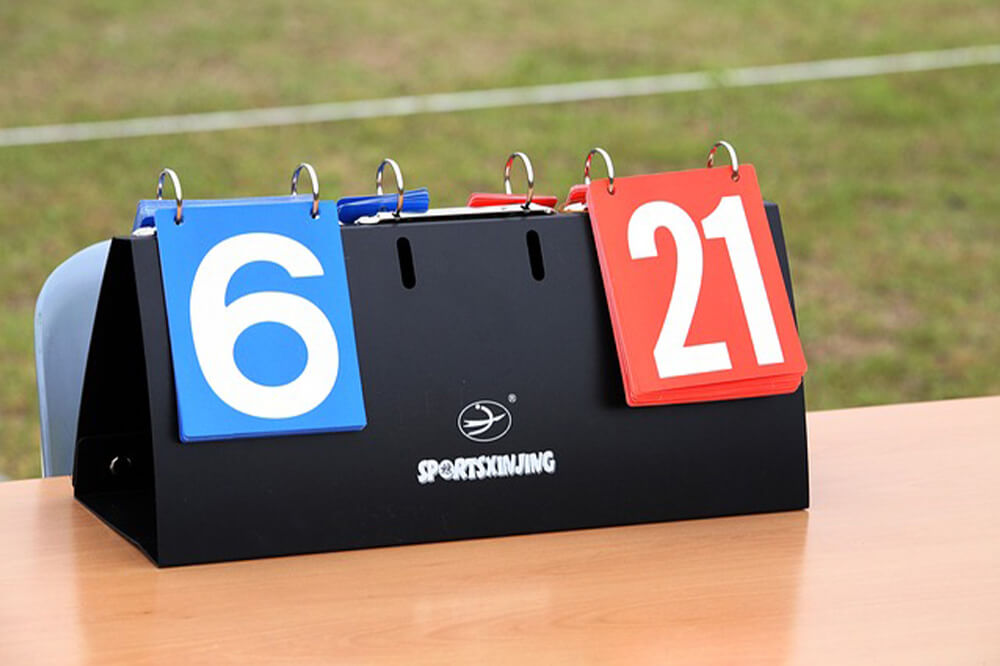Shortlisting candidates
If a business has advertised a job role effectively, it will hopefully receive lots of applications from interested candidates (as you learned on the previous page, this may be in the form of CVs, applications forms, etc).
When faced with a number of applications for a job, the business must find a way of evaluating the applications and identifying a small number of candidates who are most suitable for the job. This process is known as shortlisting.
The shortlisting process must be fair and simple. The business may have a tight deadline to work towards, which means identifying suitable candidates for the next stage in the recruitment process is vital. The business must also take great care not to discriminate against any candidate during the shortlisting process, based on factors such as age, disability, etc – you will learn more about this later in the Session.
Click on the images below to explore ways in which a business may shortlist candidates.
Size of shortlist
Based on how much time the business has available, it may identify how many candidates it would like to interview (perhaps 4, 5, 6 or more) – this gives the business a number to work towards when working through the applications and creating a shortlist.
Scoring systems
If the business has devised a job description and person specification for the vacancy, then this may be used to evaluate (score) each application against the criteria required to do the job.
From the job description/person specification, a checklist of essential and desirable criteria may be drawn up. Remember that the essential criteria are things that candidates must have in order to do the job.
The first stage will be to reject any applications that do not have all of the essential criteria. Then, the business can move on to review the remaining applications from the point of view of the desirable criteria. Each candidate may be scored, based on how many of the desirable criteria they have, and whether they partially meet the criteria, fully meet the criteria or exceed the criteria. Candidates with the lowest scores will be rejected at this point and a shortlist of the most suitable candidates will remain.
By evaluating applications solely on the specific requirements of the job, the business can ensure it is carrying out a fair shortlisting process (it isn’t based on personal opinion or emotion in any way).
Telephone interviews
Depending on how many applications the business has to review, it may choose to conduct telephone interviews with certain candidates in order to help them reach a decision on who should be shortlisted.
A telephone interview is a quick, cheap and easy way for a business to form a first impression of a candidate and decide whether they would like to meet them face-to-face for a more in-depth interview.



